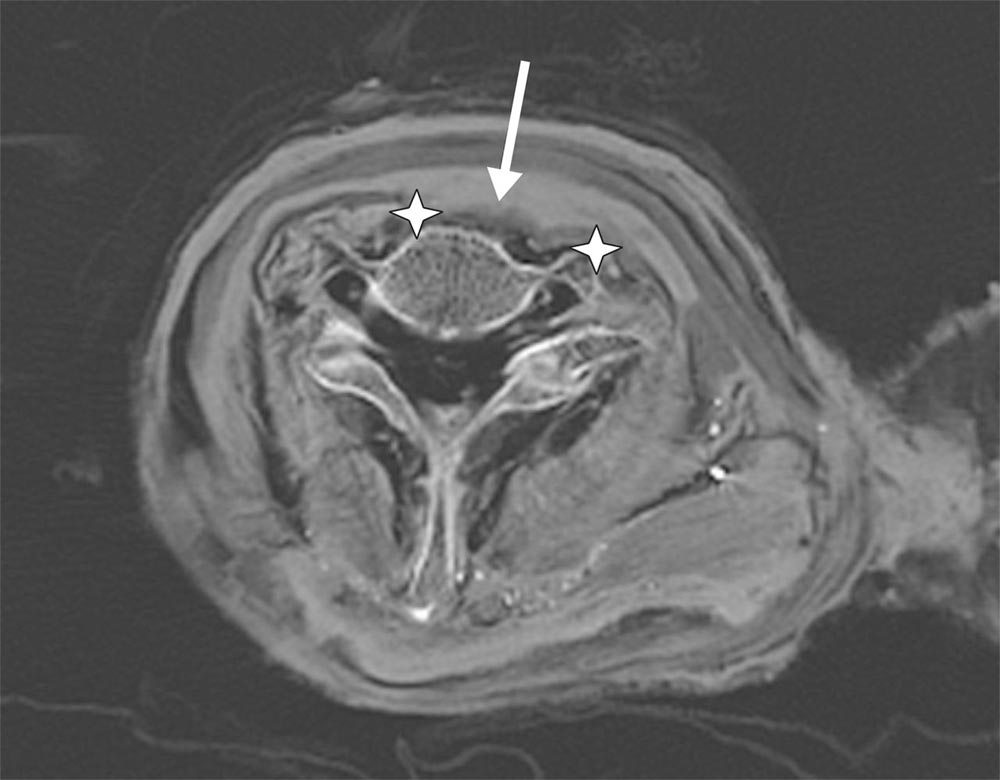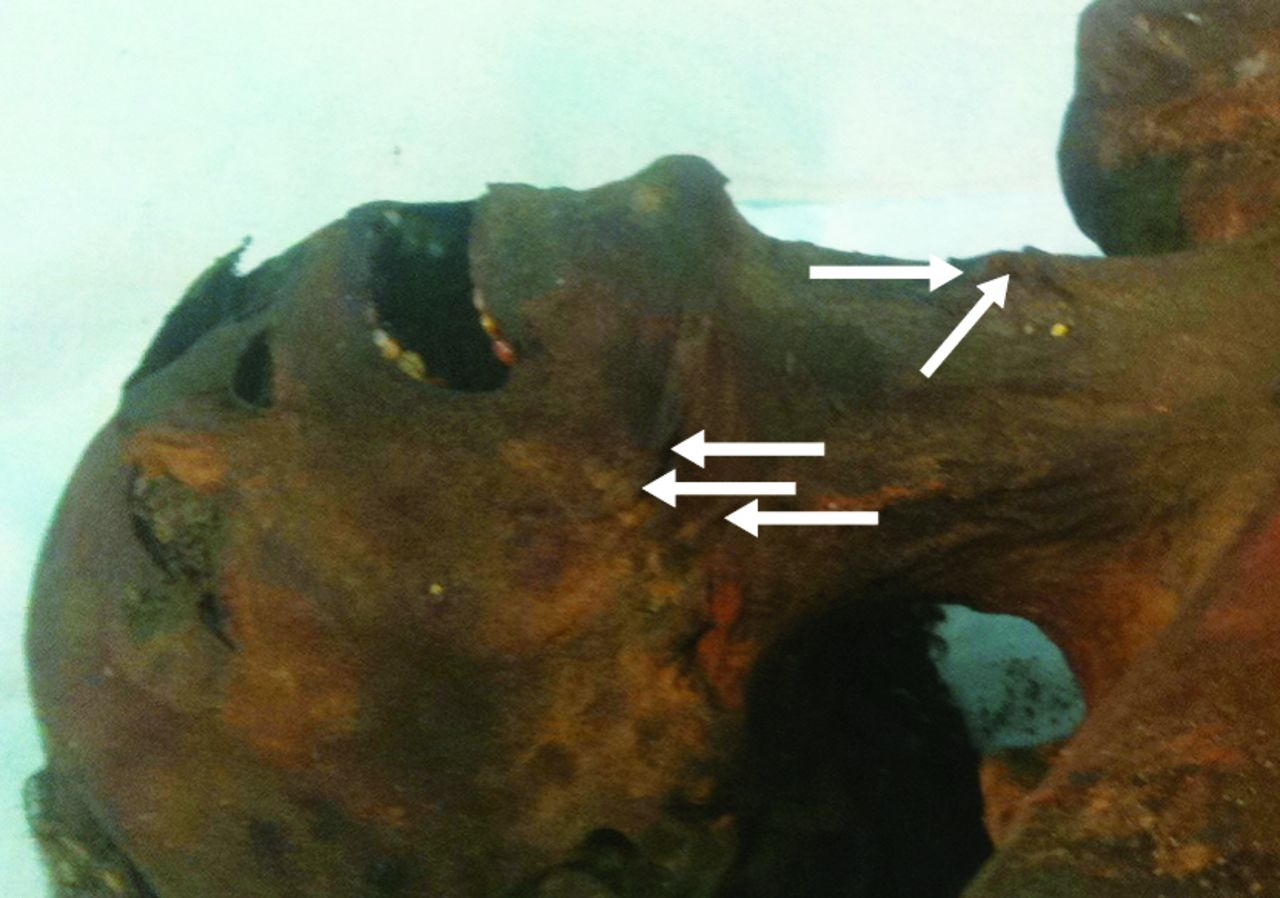Mummy Murder Mystery: King Ramesses III Throat Slashed

Solving a centuries-old murder mystery, researchers say Egyptian king Ramesses III likely had his throat slit by conspirators in his harem.
Moreover, the body of the pharaoh's traitorous son, Prince Pentawere, may have finally been found.
Scholars have long been puzzled about the death of Ramesses III, believed to have ruled from about 1186 B.C. to 1155 B.C. during Egypt's 20th dynasty. While ancient papyrus court documents show that members of the king's harem plotted to kill him as part of a palace coup, it has remained unclear whether the assassination scheme was successful.
Researchers revisited the mummy of Ramesses III looking for answers. Their computed tomography (CT) scans revealed a serious wound in his throat. (Horus was the patron god of kings in ancient Egypt.)

"The large and deep cut wound in his neck must have been caused by a sharp knife or other blade," the team wrote in a paper on their findings, published in the British Medical Journal on Monday (Dec. 17). They added that the cut, which severed his trachea, esophagus and large blood vessels, would have killed him instantly. [See Images of Ramesses III Mummy & Scans]
The researchers also found an amulet bearing the eye of Horus lodged in the mummy's throat and think it served as a lucky charm.
"Most probably, the ancient Egyptian embalmers tried to restore the wound during mummification by inserting the amulet (generally used for healing purposes) and by covering the neck with a collar of thick linen layers," the researchers wrote.
Sign up for the Live Science daily newsletter now
Get the world’s most fascinating discoveries delivered straight to your inbox.
The conspiracy against Ramesses III is believed to have been led by one of his wives, secondary queen Tiye, and Prince Pentawere, their son. Ancient texts suggest Pentawere was found guilty at trial, and then took his own life, but his body has never been definitively identified.
The researchers of the new study also examined a mummy suspected to be Pentawere, dubbed "unknown man E."

A genetic analysis of this mummy showed he shared the same paternal lineage as Ramesses III, "strongly suggesting that they were father and son," noted the researchers.
Because of his contorted expression, some scientists have speculated that unknown man E was poisoned or buried alive. The new analysis did not provide a more conclusive cause of death, but they did find that his lungs were overinflated, which could be a sign of death by suffocation or strangulation, perhaps consistent with a suicide.
Man E was also buried in goat skin, a material regarded as ritually impure in ancient Egypt. This might be interpreted as evidence for a punishment in the form of a non-royal burial procedure, the researchers said, concluding that man E is a "good candidate" for Pentawere.
Follow LiveScience on Twitter @livescience. We're also on Facebook & Google+.










